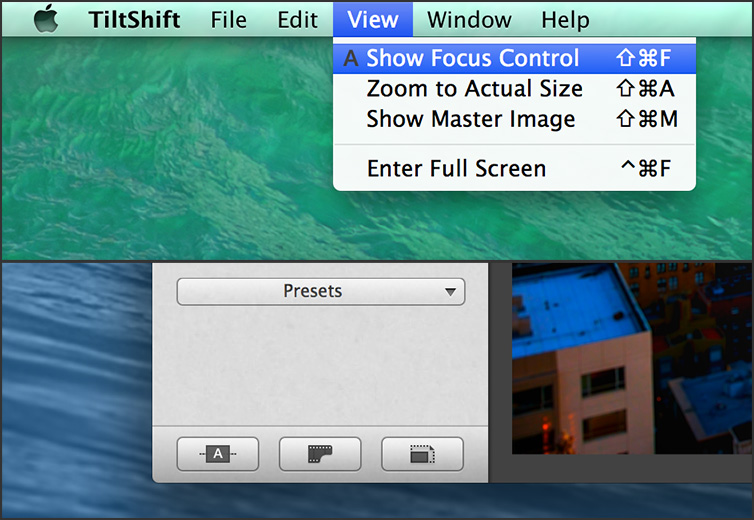

This might not give you the best results each time as the shutter speed is not that long. Select it and your photo will be converted to one with a long exposure.

Head to the Gallery, tap the photo you have taken and swipe-up - you will see four options including long exposure. Just enable Live in the camera interface and take a photo. IOS users can use the Live Photo feature to create long exposure photos.

#Tiltshift images manual
In case your Android phone does not have a manual mode, you can use apps like Long Exposure Camera 2 or Camera FV-5 Lite. You will need to experiement with different shutter speeds for different scenarios.

That’s it, you just need to find a subject - you can use a highway, shoot stars or even do light painting by pointing a light towards camera and moving it around in the air.
#Tiltshift images iso
Next, go to the ISO setting and select the lowest available value. If yes, then open it and increase the shutter speed (make it a second or more). The first thing to keep in mind is that your camera needs to be steady - placing on a flat surface or stand/tripod is best.Īndroid users can check if the smartphone has a Pro/Manual mode. You will need to slow the shutter down with a manual mode. In auto mode, any camera (including a DSLR) will tend to keep the fastest shutter speed that freezes everything in place. This is done by a technique called long exposure which requires control over the shutter speed. After that, add a vector mask to layer 1, and use brush to sharpen the subject and its environment.You’ve probably seen photos with beautiful light trails or a photo of a waterfall/river in which the water appears to be in motion. Then select layer 1, click on Filter → Blur → Gaussian Blur and get your ideal blurring effect. Play around with saturation, contrast, and blur until you’re satisfied with your micro world.Īnother way to better achieve the tilt-shift effect is to do this in step 2: select the background, press Ctrl + J, to copy the layer. Step 2: Go to Filter → Blur Gallery → Tilt Shift to edit your photo. (Here we use Adobe Photoshop CC 2017.) Crop the image and adjust the composition if the theme/main subject of your shot needs to be further highlighted. Step 1: Open Photoshop and import your photo. You can also use the Snapseed or Lightroom apps on your smartphone to finish the post-production. Let’s move to the next step, editing it in the Photoshop. Without Mavic 2 Zoom, you could still emphasize your subject by cropping the original image. After deciding your main subject, you are free to zoom in using remote controller or scroll down the slider on the screen and shoot a relatively further subject. When using a Mavic 2 Zoom, you could take advantage of its zoom lens. Make sure you get enough depth-of-field in your photo without making the view too flat. When you find the perfect scene, fly your drone to a suitable altitude (it does not need to be too high above it), tilt the camera down (around 30° to 45 °) to take a high-angle shot. Let’s take a look at some good examples here:
#Tiltshift images full
Yet the scenery should also be full of details, so that the blurriness will in turn open up people’s imagination for the photo. This way, the clarity will help us to focus on the main subject and thus making the blurry effect more natural. To start, the overall environment of your shot should be tidy and clean. Getting an ideal shot for a tilt-shift photograph does not sound as hard as its name. Go to the bottom and find TiltShift and choose between the different styles Circular or Linear.
#Tiltshift images how to
So how to make a micro world out of your aerial photos? Essentially, all you need to do is to find a suitable scene (e.g., downtown), take some shots, and create the micro-world visual effect by increasing the saturation as well as adding tilt-shift effects during the post-production. How do you tilt a picture Go to Fotor and click Edit a Photo. All you need is a drone and a few minutes to edit the photo. Ever wanted to turn the world into a miniature model? Well, the good news is that you don’t need to ascend to godhood nor do you need an expensive tilt-shift lens, DSLR/SLR, or to climb up to the rooftop to get a shot of the great scene.


 0 kommentar(er)
0 kommentar(er)
